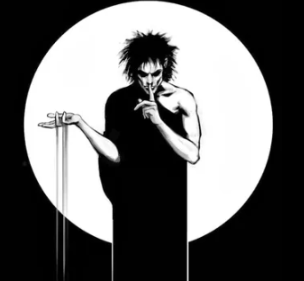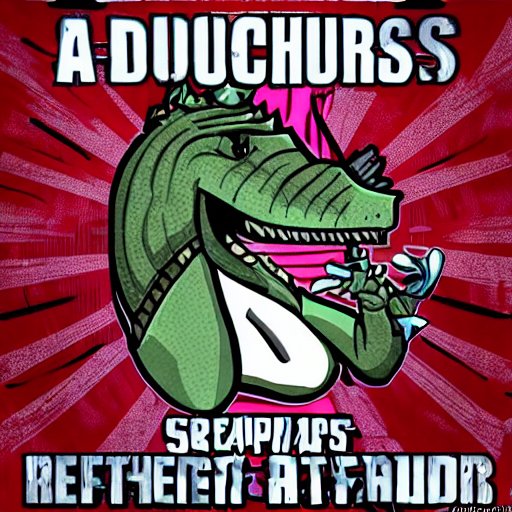I’m curious about what flames are and what’s going on to cause them.
It’s another state of matter. You know gas, liquid, solid, right? Well, there’s actually a shitload of those, not just three. The fourth they’ll teach is called plasma, and it’s when the atom has gotten busted up into floating electrons and nuclei. Your candle flame is a plasma.
The light from a lightning bolt is from glowing plasma too. So is the surface of the sun for that matter.
edit: Oh, and fire is caused when you ram oxygen atoms into the atoms of something burnable so hard that they join together. This makes a lot of heat and gas fly off, which combine into the plasma. Then this just happens a whole bunch over and over.
Only very hot flames are a plasma and usually only within certain regions of the main body of the flame; most flames one encounters in their life will not be a plasma due to low or non-existent ionization. A candle flame is almost certainly not a plasma, rather it’s a combusting (oxidizing) gas which appears as a flame due to the emission of photons in the visible range from regions where the fuel is reacting with air. Furthermore, fire does not require mechanical or kinetic force to combine a fuel and an oxidizer, there is no need to ‘ram’ these particles together. Simple contact between a fuel and an oxidizer in states which would allow redox will cause burning and possibly visible flame (not all redox produces visible flame).
I’ve read that most visible flames in campfires are just glowing soot
Fire is not a plasma, only becomes one at very high temperatures, fire is more of a chemical reaction between the fuel vapor and oxygen afaik
Wait there are more than 4???
Yeah, there’s a bunch now. Most occur at extreme conditions, like absolute zero for a Bose-Einstein Condensate.
The four are the basics we’re likely to witness in the world at large.
Water can go in like 20 phases it’s wild
That’s nuts
Thanks!
Read my comment above which corrects @Candelestine’s assertion that candle flame is a plasma.
Heat plus oxygen makes stuff oxidise.
Oxidising gives off heat.
Enough heat makes stuff vaporise.
Vapour oxidises faster and hotter.
Even more heat makes vapour glow.
Flames are glowing vapour.
The shape of flames are based on heat making vapour rise, and taking it away from the main heat source until it stops glowing.
Debates about “vim vs. emacs”.
Debates about Wayland being the future of the Linux desktop
Obviously nano is superior. 🫣
Ed is all anyone should ever need.
Here’s Richard Feynman talking about it. I love the way he explained things.
Absolutely adore the man. It’s worth watching the entire talk. I think it’s particularly fascinating how much effort he has to put into explaining the feeling of magnets repelling. It’s hard to say “magnets feel like magnets feel because that’s what magnets feel like” and make it a satisfying answer.
There may be several answers to this. This is my somewhat simplified take.
One is, it’s a (series of) physical action (heating, gasification, pyrolysis – break-up of molecules of the fuel) and chemical reactions (oxidation). Oxidation means in general (in a commonly accepted model) that an atom shares away its outer electrons, which makes it acquire a lower energetic state. Oxygen is one element that is eager to attract such electrons for the same reason.
Whenever such a reaction happens, the superflous energy is released as a quant of electromagnetic radiation (a wave/particle) which we call a photon (it’s therefore called an exothermic reaction). Photons can appear to us as visible light (that is wavelenghts in the visible spectrum). The wavelength of a photon inverse-correlates with the energy of the photon (blue > red).Getting the reaction going however, requires the molecules of the fuel to get excited with energy in the first place, which is the required activation energy. This can be done by heating the atoms of the fuel. And as the oxidation also emits heat energy (far infrared), and in fact more than what is required for the whole phsyical-chemical process to happen, it can sustain itself (given the right conditions, see the second answer). This self-sustaining gassification, pyrolysis and oxidation we call a flame.
Flame colours are composed of the glow of gases at different temperatures (“red” is colder than “white”) and the colour corresponding to the wavelength of the photons emitted in the oxidation reaction (simplified). In a typical candle flame, we see mainly hydrogen burning at the lower end (where the flame is blue but the gas is still reatively cold). Carbon takes a bit more activation energy (burns less easily), so it will start to oxidise farther up the flame where the gas is hotter. Carbon will make an orange flame at these temperatures. Other elements burn in all kinds of colours. A burning copper wire will make a flame glow green. Print colours on paper can contain metals which burn in different colours.
The other answer is how I explain how to make a “smokeless” campfire.
A fire needs three things: fuel (something to burn, wood), oxigen (air), and heat. Smoke is just the gases coming out of the wood condensating because they are either not hot enough for activation of the final combustion, or there is too little air getting into the hot zone of the fuel. Anything that is smoke could be a flame when the smoking part is put into a hotter place. Black smoke usually means that there is too little heat for the carbon to get fully oxidised. Cold fuel and having to evaporate water in the wood generally takes away heat from the flames.TL;DR: A flame is a self-sustaining combustion process in a mixture of gases that needs to be hot and be steadily fed with fuel and oxygen. The gas is so hot that it glows.
Like fire? Ignition, fuel, oxygen.
Thanks for answering my question. I mean the specifics. Like, what are flames composed of and why are there several colors?
Different things burn at different temperatures. Cleaner and hotter flames are blue. Yellow and white flames have more soot and are not as hot as blue, but they put out more heat because of the solids in it.
Me! Me causes flame to exist maniacally laughs with a lit match in hand.
Chemistry.
Flames are incandescent (glowing) gas.








